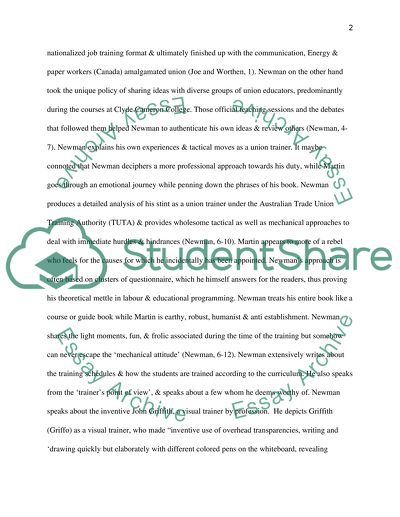Cite this document
(“DArcy Martin v.s. Michael Newman Essay Example | Topics and Well Written Essays - 2500 words”, n.d.)
Retrieved de https://studentshare.org/sociology/1390958-darcy-martin-vs-michael-newman
Retrieved de https://studentshare.org/sociology/1390958-darcy-martin-vs-michael-newman
(DArcy Martin v.S. Michael Newman Essay Example | Topics and Well Written Essays - 2500 Words)
https://studentshare.org/sociology/1390958-darcy-martin-vs-michael-newman.
https://studentshare.org/sociology/1390958-darcy-martin-vs-michael-newman.
“DArcy Martin v.S. Michael Newman Essay Example | Topics and Well Written Essays - 2500 Words”, n.d. https://studentshare.org/sociology/1390958-darcy-martin-vs-michael-newman.


